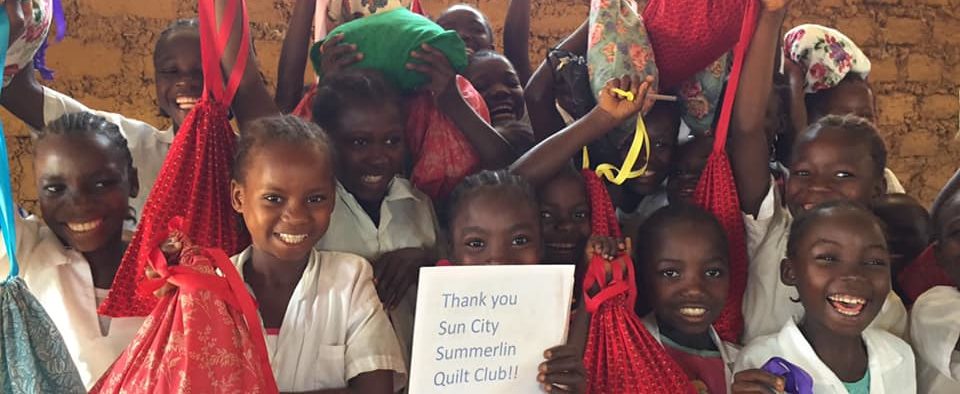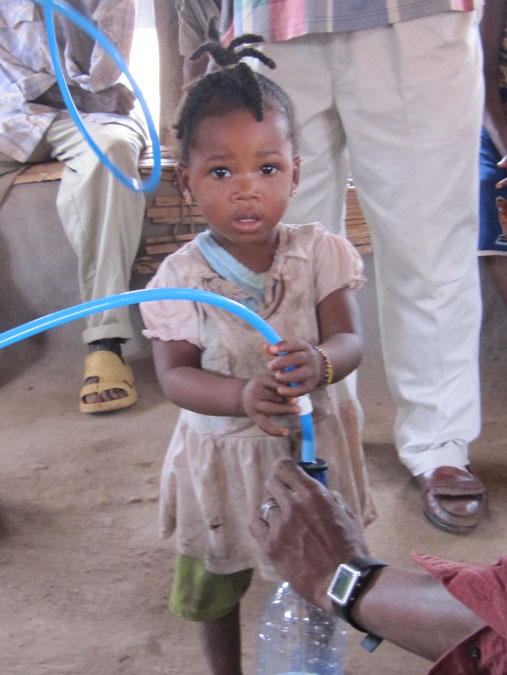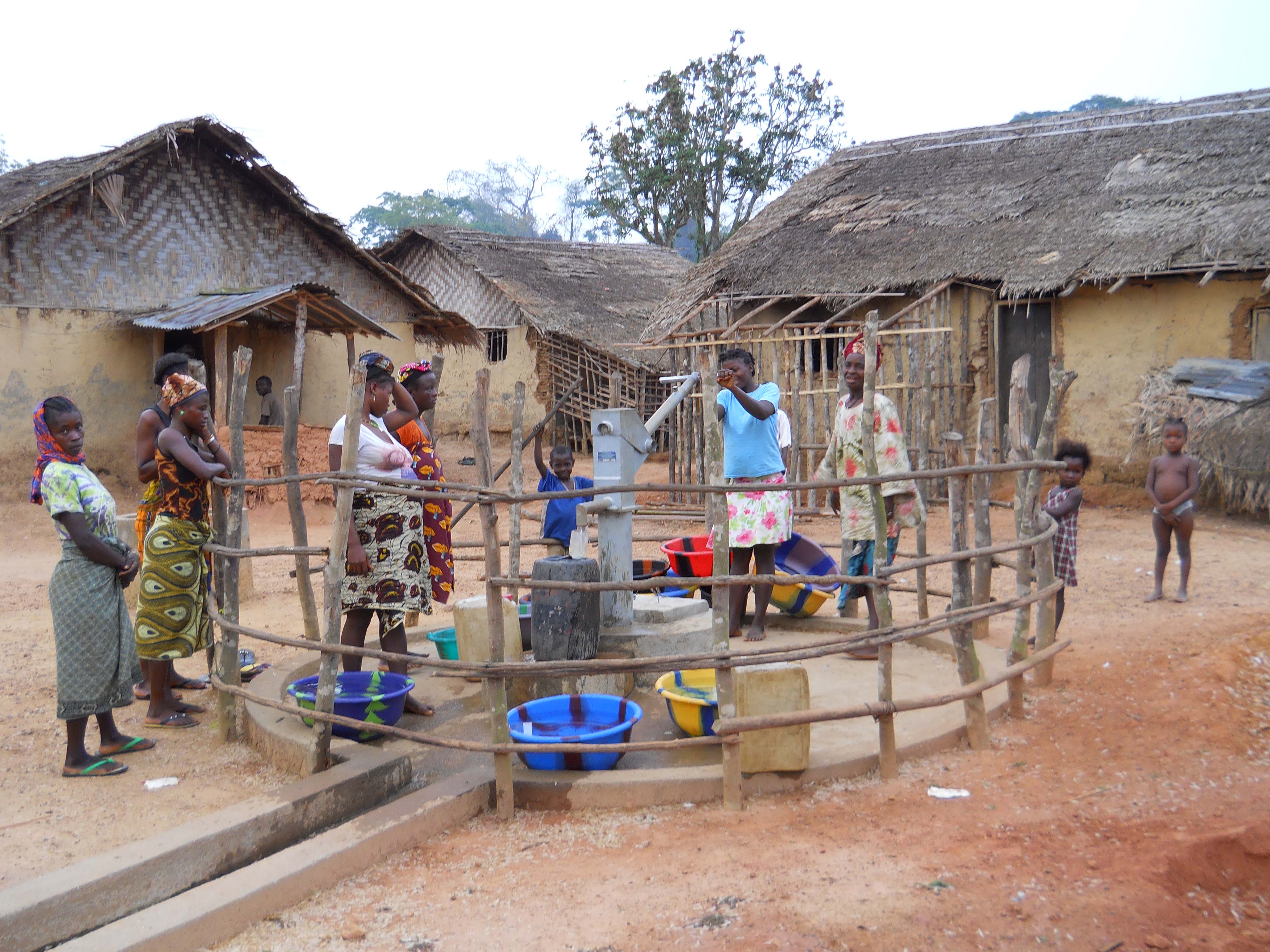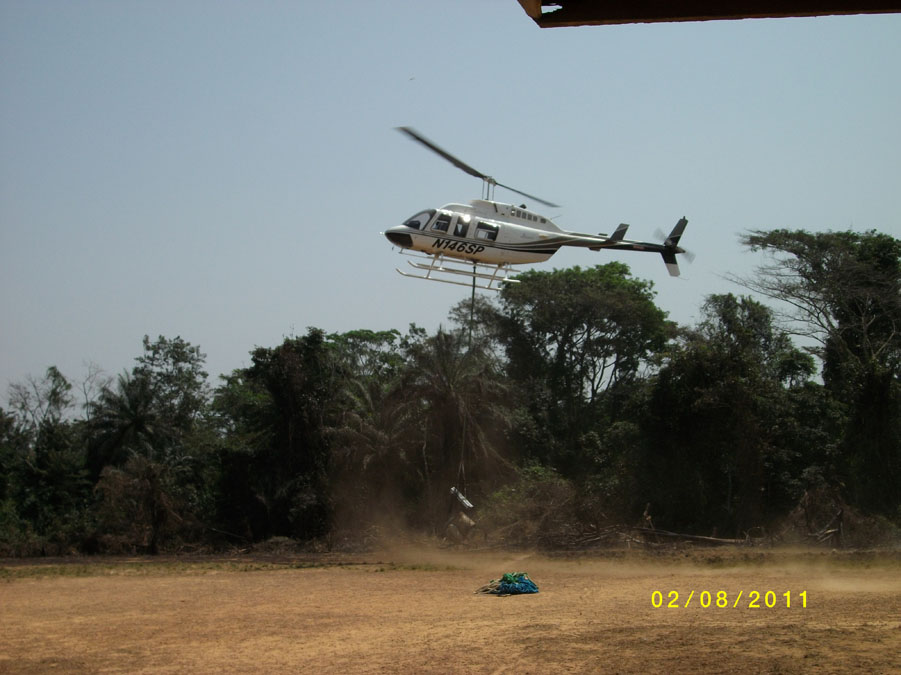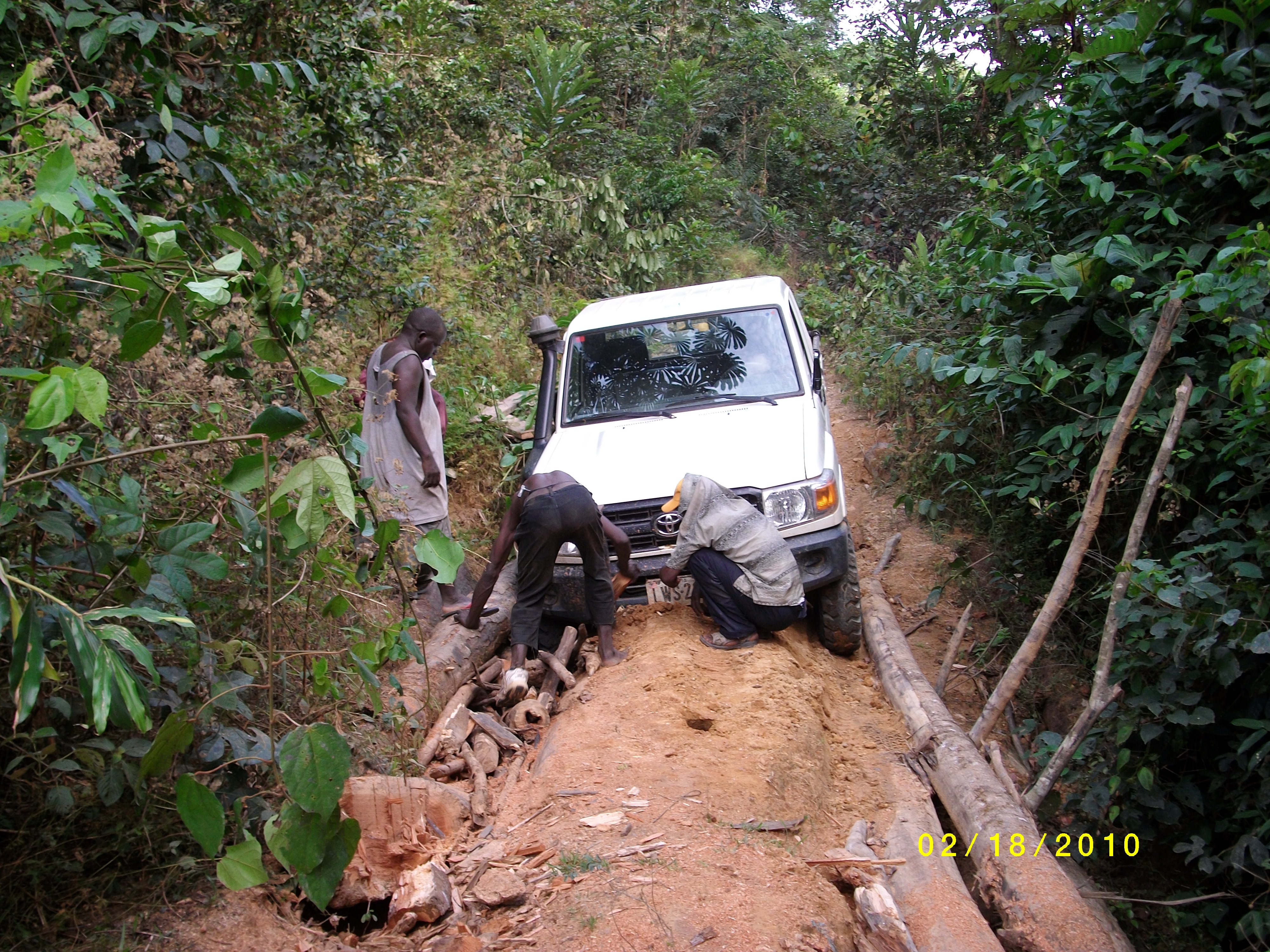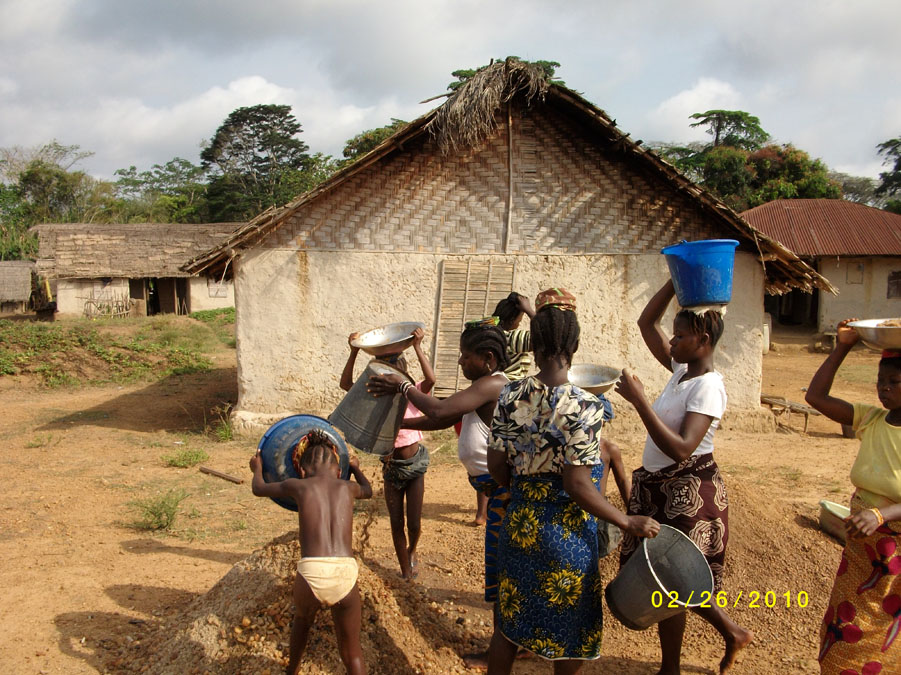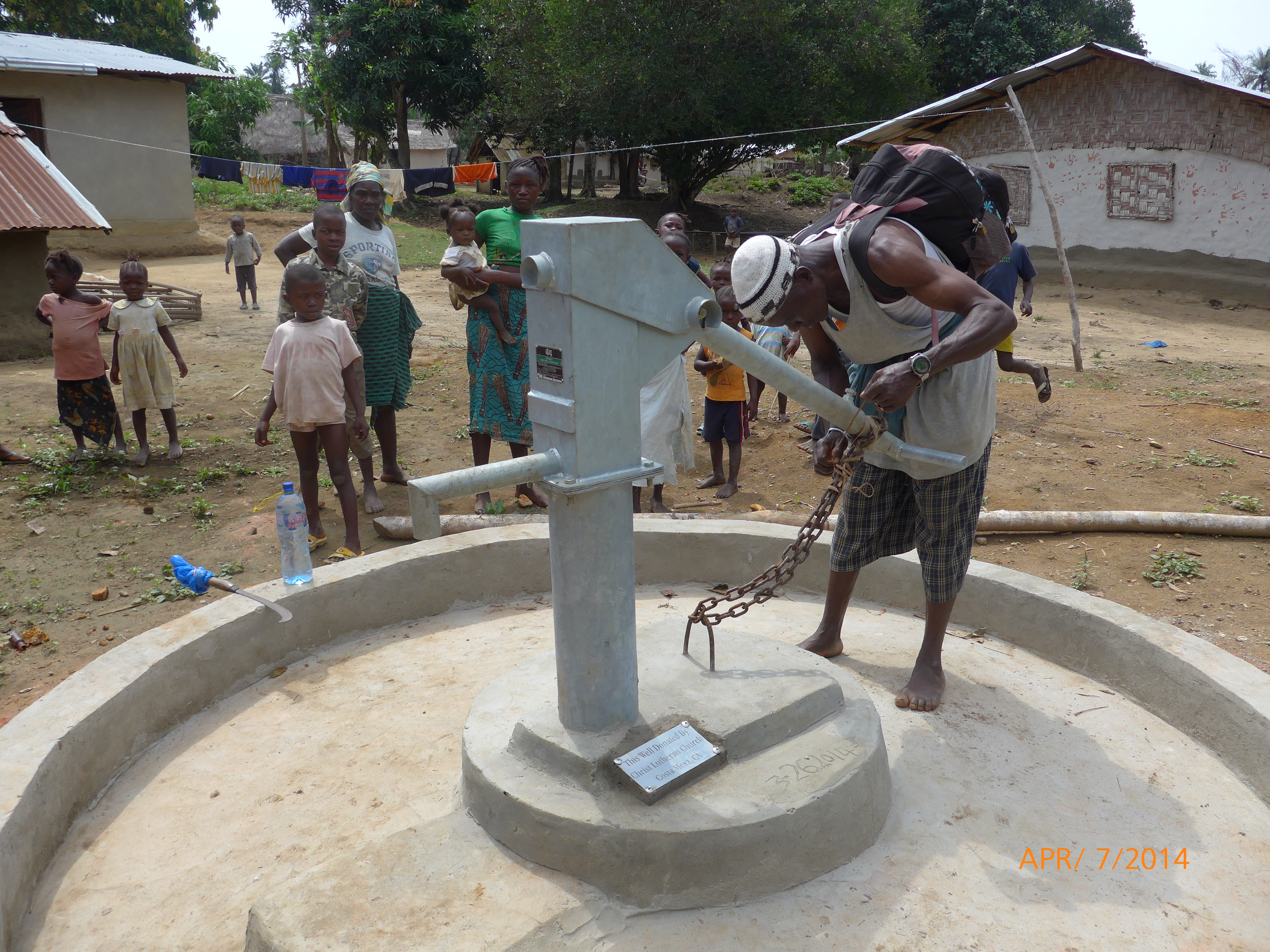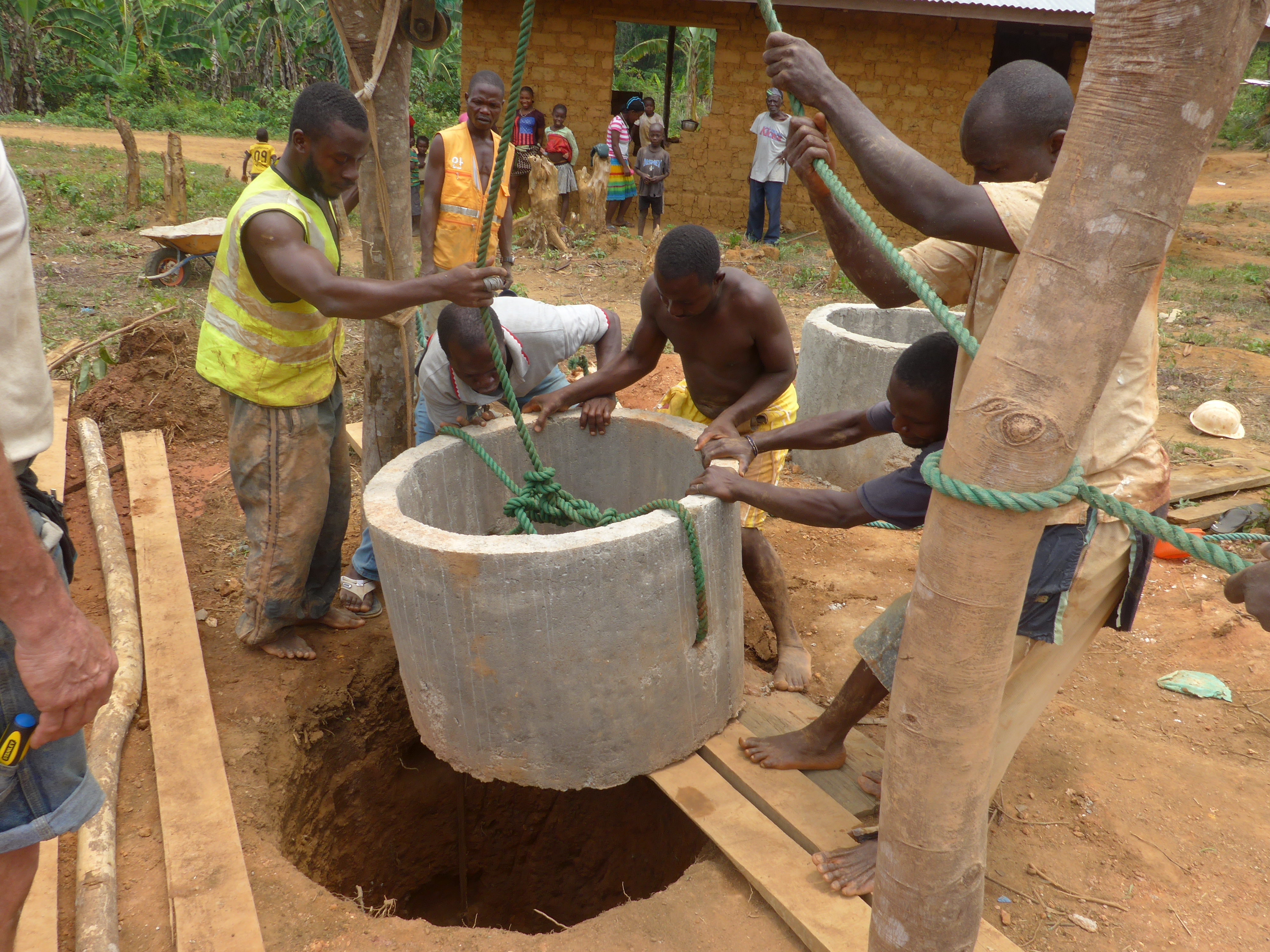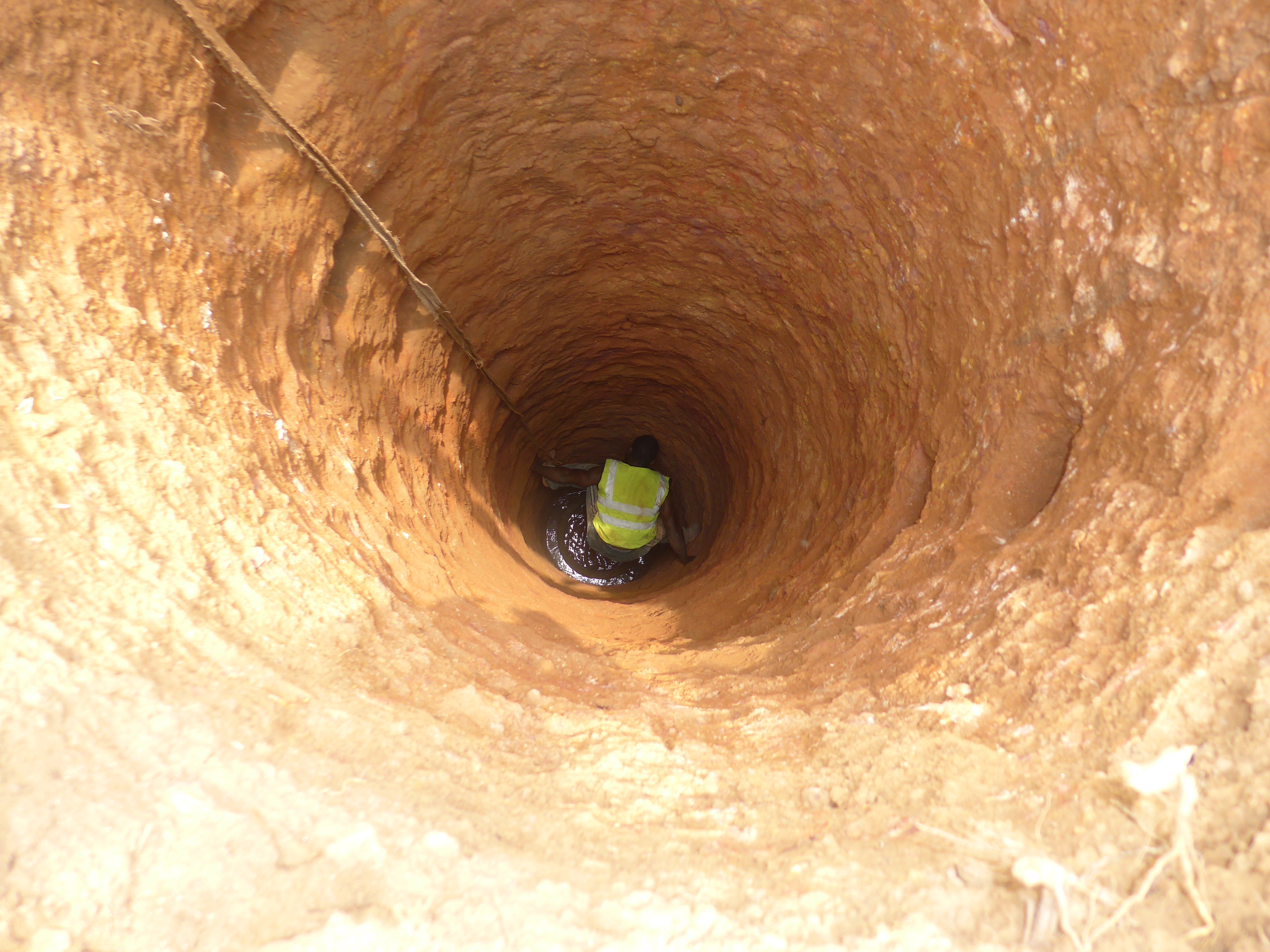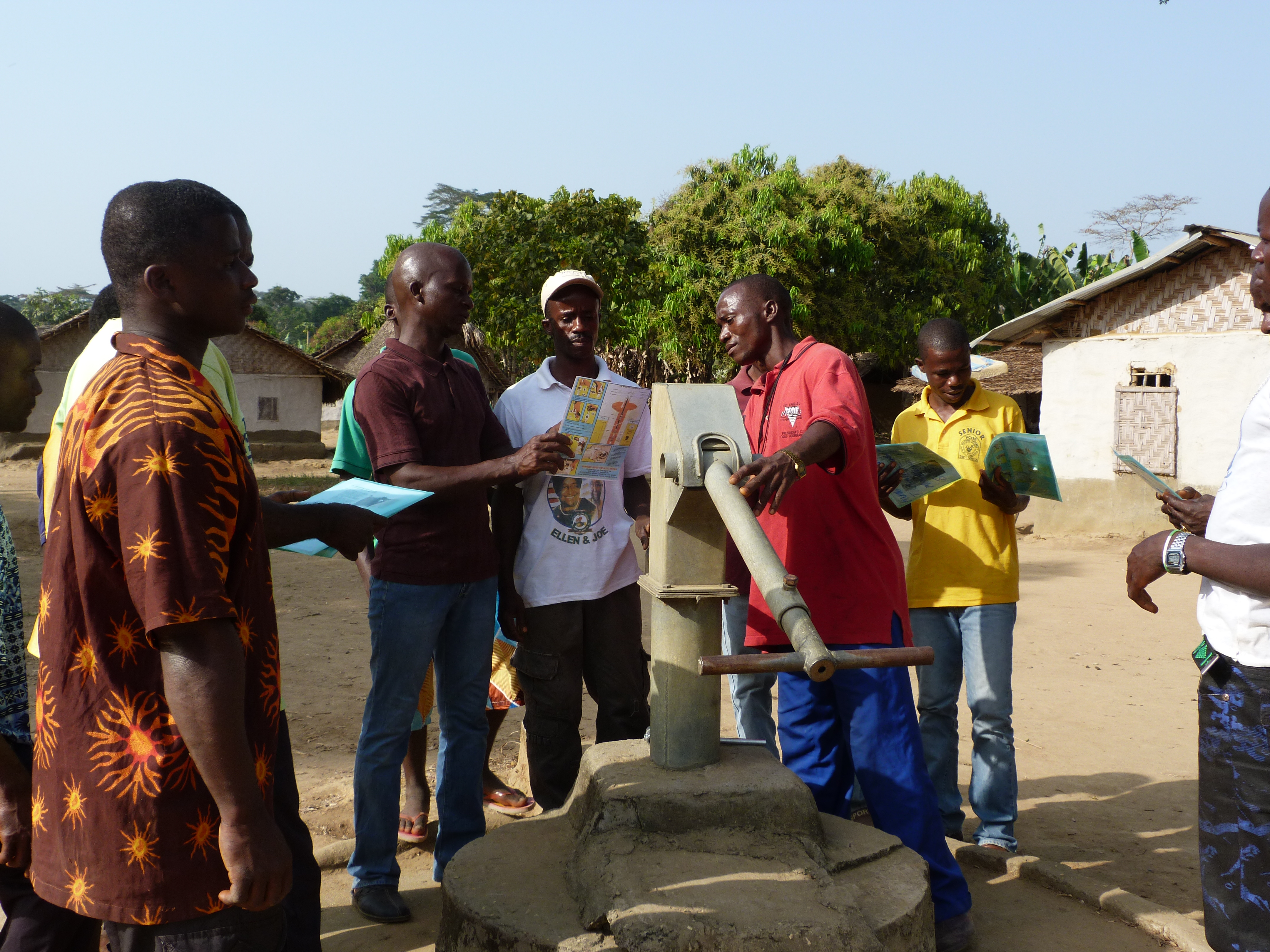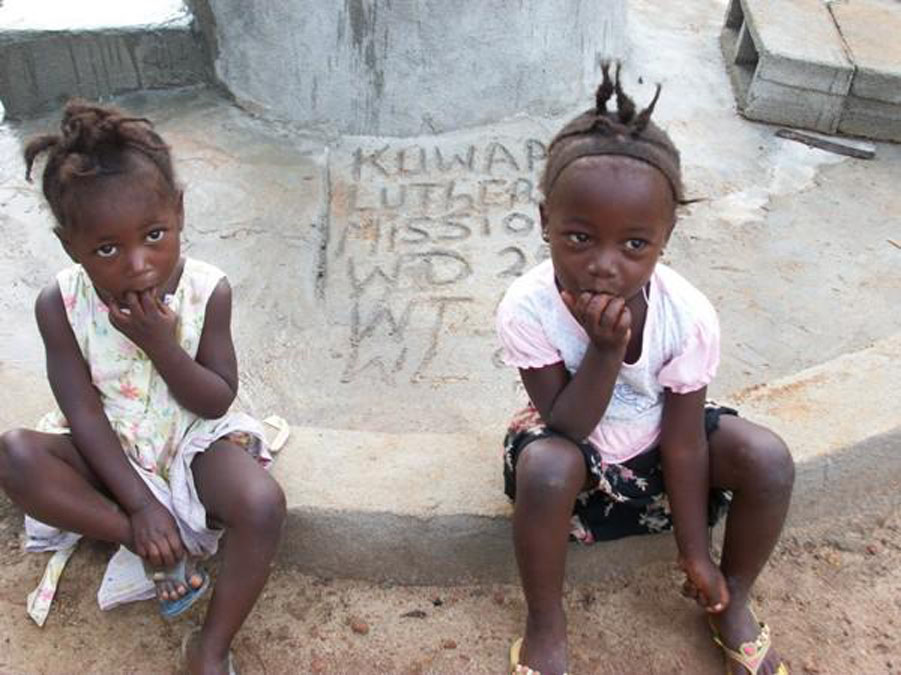Water is life. No doubt about it. Safe water is the beginning of a long life and good health!
When the first Kuwaa Mission volunteers visited the Kuwaa Chiefdom in 2009, they asked the Kuwaa People what they needed. The response was a resounding, “CLEAN WATER!!” So, the Kuwaa Mission made clean water a priority, as the first step to restoring the health and welfare of the Kuwaa People.
When the villagers don’t have access to clean water, they use stream water. It is used for everything from drinking to bathing to laundry. Yes, it’s even used to carry away human waste. The water is laden with disease, and the people get sick and even die from it. During the wet season, heavy rains carry all kinds of contaminants from the towns into the stream. During the dry season, some streams go dry.
Photo: women washing 3
Not only is the stream water unsafe to drink, but women and children spend many hours hauling the water to their homes. This is unsafe, and it takes time that could be better spent in the struggle just to live. Have you ever carried 5 gallons of water on your head? It weighs over 40 pounds!
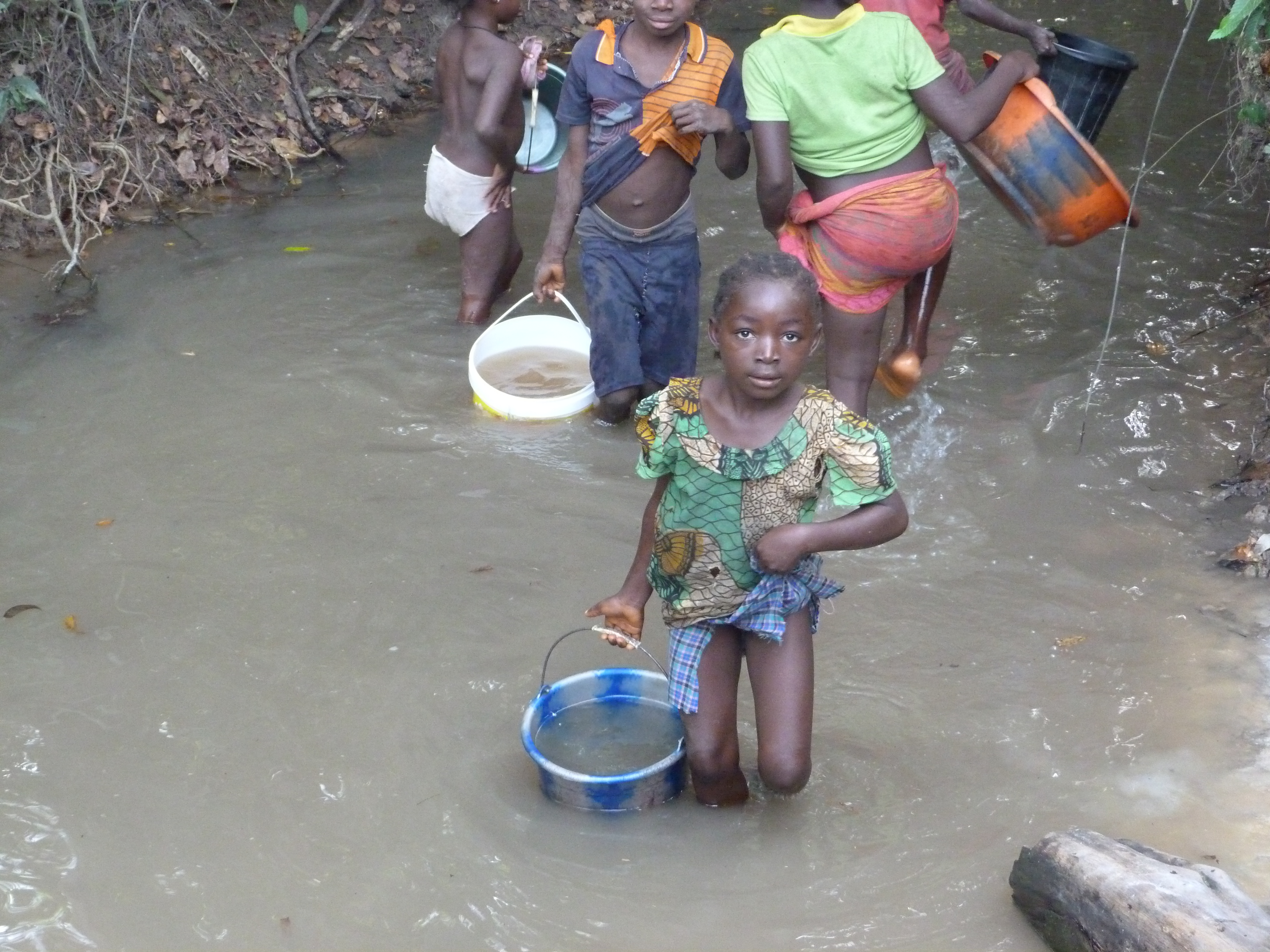 In 2010, Kuwaa Mission volunteers did an assessment trek and brought 100 Sawyer Point One water filters to help the people get clean water. At that point, only a few of the villages had a water well, and those were not working well. Some wells were too shallow, and some had problems with the hand pump. The new filters are used to clean the stream water when the pump doesn’t work. They remove dangerous bacteria and protozoa, such as giardia, making it safe to drink. The filters can be flushed and re-used when they start to plug up.
In 2010, Kuwaa Mission volunteers did an assessment trek and brought 100 Sawyer Point One water filters to help the people get clean water. At that point, only a few of the villages had a water well, and those were not working well. Some wells were too shallow, and some had problems with the hand pump. The new filters are used to clean the stream water when the pump doesn’t work. They remove dangerous bacteria and protozoa, such as giardia, making it safe to drink. The filters can be flushed and re-used when they start to plug up.
Photos:
Stan drinking water, Stan with filter
The filters are helpful to bring the Kuwaa People clean water, but a more sustainable solution is water wells. The filters were much easier to carry than cement for the wells, and they were able to reach many people. Now we are concentrating on safe wells. Each village now has at least one water well with a hand pump. But that’s not nearly enough. The villages range in size from 300 to 3000 people, so more wells are needed.
So, how do you dig a well in a place where there is no road, no electricity, and not even any cell phone service? Well, well. It’s not easy. The biggest challenge is the transportation, as each well needs about 25 sacks of cement. Cement is heavy. Villagers sometimes carry the cement on their heads along foot paths for hours from the end of the road to their village. Where there actually is a road, it is not in good condition. There are lots of streams with log bridges that can’t hold up to the weight of the materials. We have been blessed to have the partnership of Samaritan’s Purse to assist in delivery of some materials to remote locations.
Once the well materials are on site, the real work begins. The wells are dug by hand to about 40 ft deep. A worker goes down in the well, and the dirt is hauled out in a bucket on a rope.
Culverts are formed on site to line the well so it doesn’t cave in. The villagers help by bringing in local sand, gravel, and water to make concrete for the culverts. Notice the text on the worker’s hat: “Call before you dig”. They don’t need to worry about locating utilities, as there aren’t any! When the top is complete, the pump handle is chained so that the kids don’t play with it and wear out the pump.
Photos: call b4 u dig
Yet, anything mechanical can break down. We don’t want the Kuwaa people to wait for someone to come help them if the hand pump breaks down, so we have had pump repair workshops. The pumps are fairly simple, and the people are willing to learn. The workshops are 4 days long and include hands-on training to maintain and repair various pump parts.
The Kuwaa People thank God for the gift of clean water, and for the many donors who have made it possible. Water is life! Next time you enjoy a drink of good clean, life-giving water, be thankful!
Photos: old man drinking
